Unification Grammars
Grammars of natural languages can be expressed as mathematical objects, similar to computer programs. Such a formal presentation of grammars facilitates mathematical reasoning with grammars (and the languages they denote), as well as computational implementation of grammar processors. This book presents one of the most commonly used grammatical formalisms, Unification Grammars, which underlies contemporary linguistic theories such as Lexical-Functional Grammar (LFG) and Head-driven Phrase Structure Grammar (HPSG). The book provides a robust and rigorous exposition of the formalism that is both mathematically well-founded and linguistically motivated. While the material is presented formally, and much of the text is mathematically oriented, a core chapter of the book addresses linguistic applications and the implementation of several linguistic insights in unification grammars. Dozens of examples and numerous exercises (many with solutions) illustrate key points. Graduate students and researchers in both computer science and linguistics will find this book a valuable resource.
{{comment.content}}
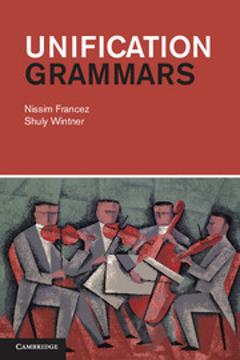
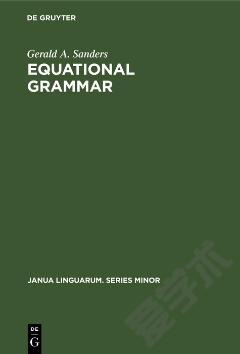

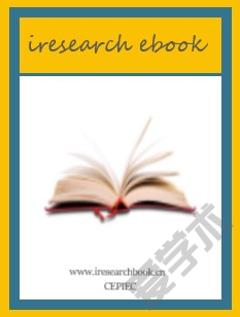
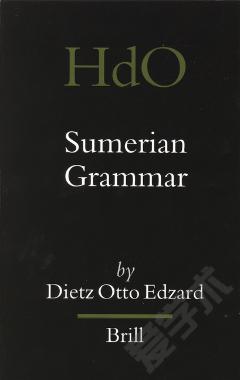
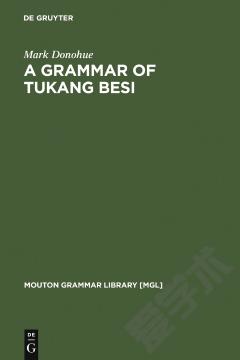
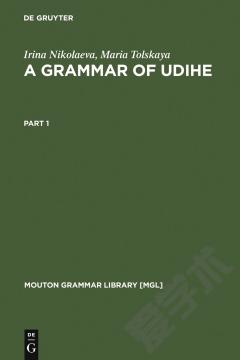

 京公网安备 11010802027623号
京公网安备 11010802027623号